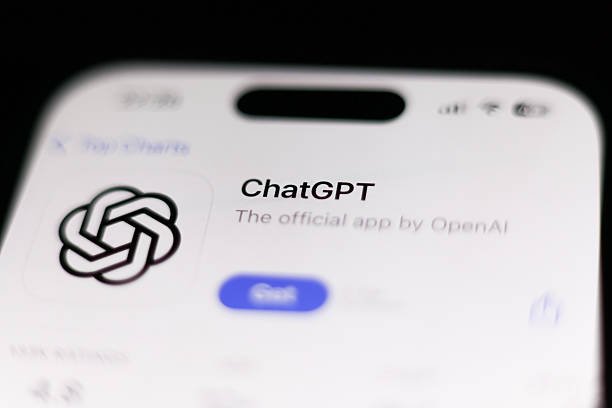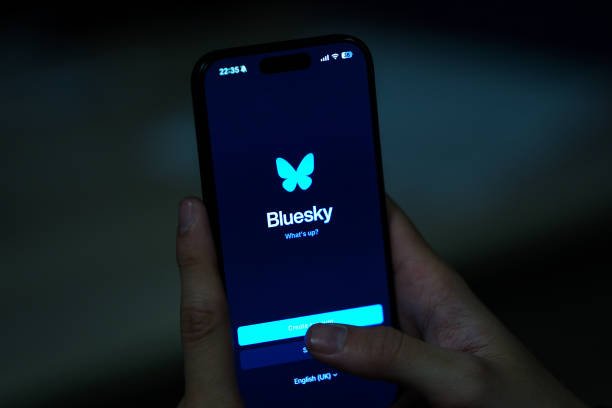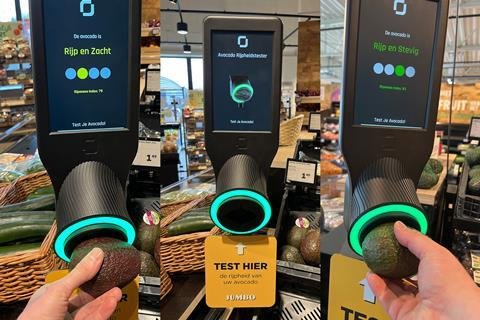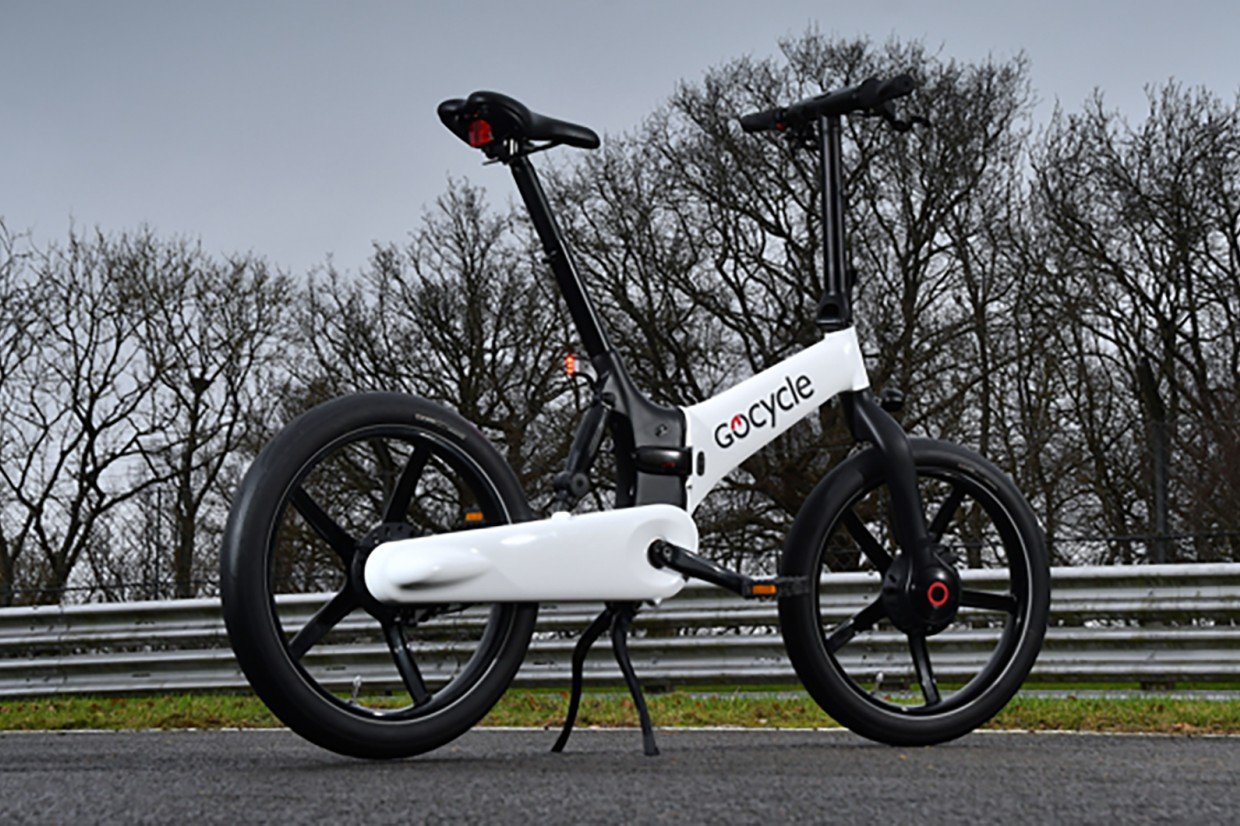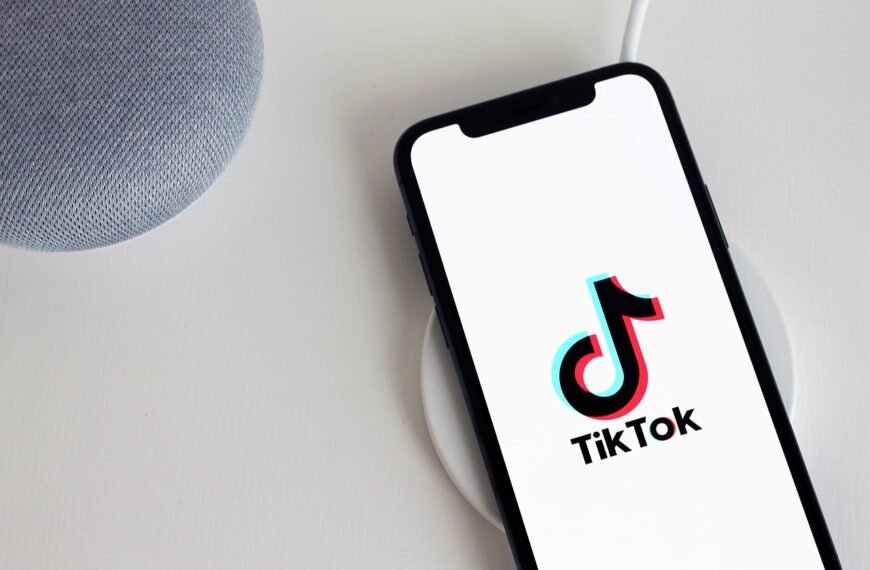OpenAI has just supercharged its AI programming assistant, Codex, with a with a powerful new brain: GPT – 5. This isn’t just a simple update; it’s a fundamental shift in how the AI tackles complex coding tasks. Unlike previous models, this new version, dubbed GPT-5-Codex, can dynamically choose to spend a few seconds – or up to seven hours – “thinking” about a problem to find the best solution.
This major upgrade is now available for all ChatGPT Plus, Pro, Business, Edu, and Enterprise users through various Codex products, including IDEs and GitHub. OpenAI has also announced plans to eventually release it to API customers, marking a significant move in the competitive AI coding tool market.
The Key Innovation: Dynamic Thinking
The standout feature of GPT-5-Codex is its dynamic reasoning ability. Older systems often use a “router” that decides how much computational effort to assign to a task right at the beginning. GPT-5-Codex works differently. It can start working differently. It can start working on a problem and then decide minutes later that it needs significantly more time, adjusting its approach in real-time. This flexible thinking allows it to deliver superior results on demanding tasks like code refactoring and agentic coding benchmarks.
Why It Matters for Developers
In practical terms, this means the AI can now handle more ambitious and intricate projects. OpenAI reports that GPT-5-Codex outperforms its predecessor, the standard GPT-5, on important industry benchmarks like SWE-bench Verified. It’s also been specially trained for code reviews. When evaluated by experienced software engineers, the model was found to provide fewer incorrect comments and more high-impact, useful feedback.
This release is a direct response to the booming and competitive market for AI coding assistants, which includes products like Claude Code, Cursor, and GitHub Copilot. By giving its model the ability to deeply reason through problems, OpenAI is betting that quality and thoroughness will win over developers.
For programmers, this could translate into an AI partner that doesn’t just write code quickly, but one that can truly grapple with complex, real-world software challenges, potentially for hours on end.

